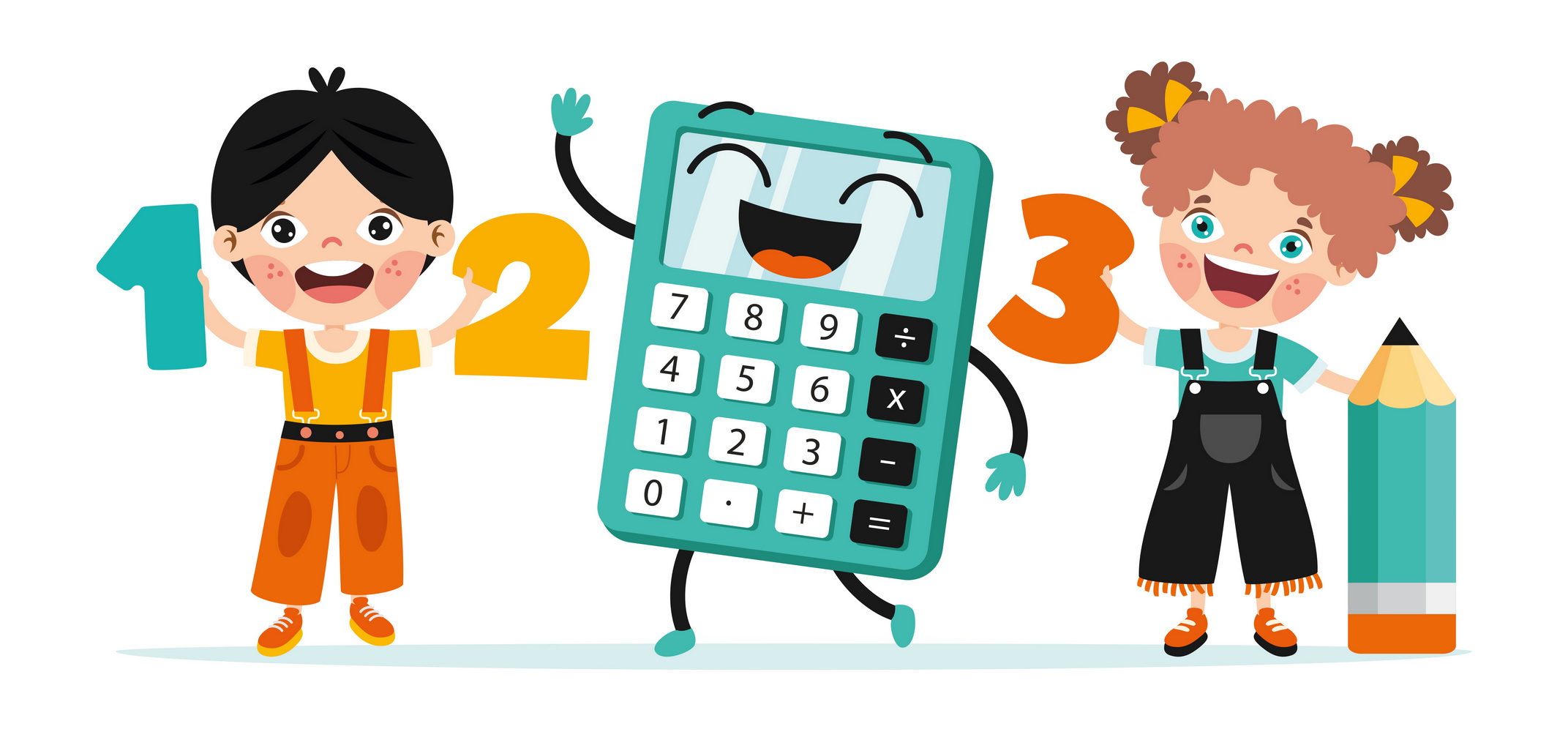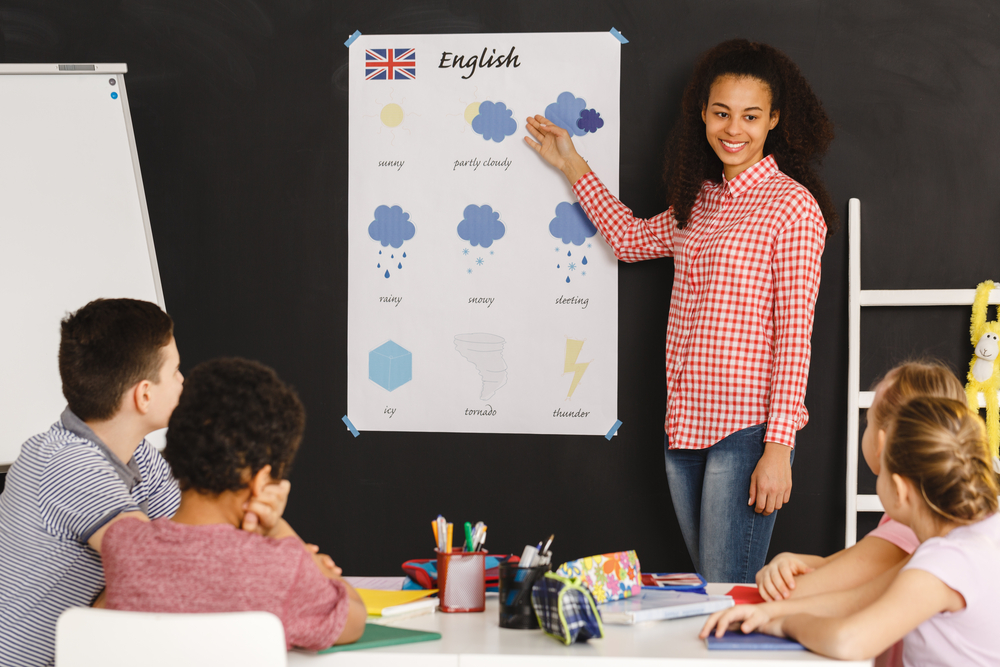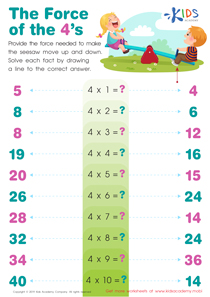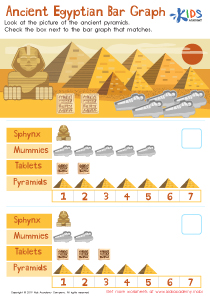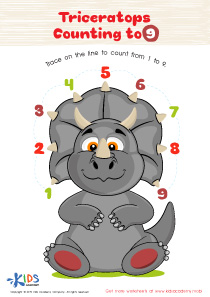Time reading skills Easy Time Worksheets for Ages 6-9
3 filtered results
-
From - To
Enhance your child's time-reading skills with our Easy Time Worksheets, specially designed for ages 6-9! These engaging, printable resources help young learners master the concept of time using vibrant visuals and interactive exercises. Activities include identifying clock faces, understanding AM/PM distinctions, and solving practical time-related problems. Our worksheets encourage independent learning while seamlessly blending fun with essential educational outcomes. Ideal for both classroom and home use, these materials help build confidence and proficiency in telling time. Support your child's journey to becoming a time-reading expert with delightful exercises that make learning a rewarding experience! Discover our creative tools today!
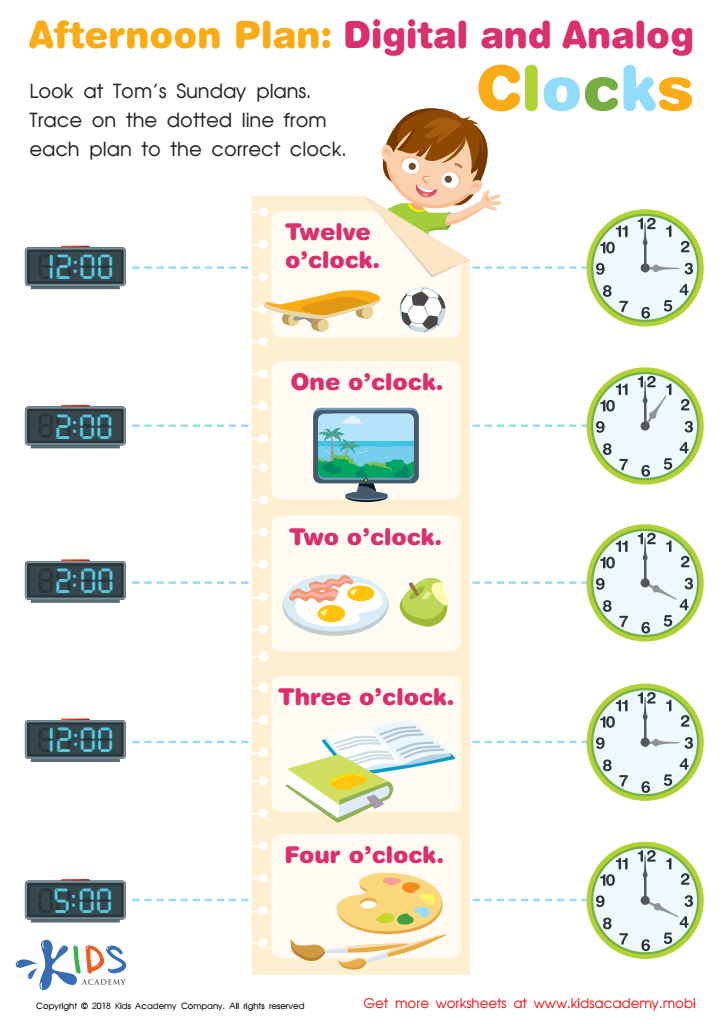

Afternoon Plan: Digital and Analog Clocks Worksheet
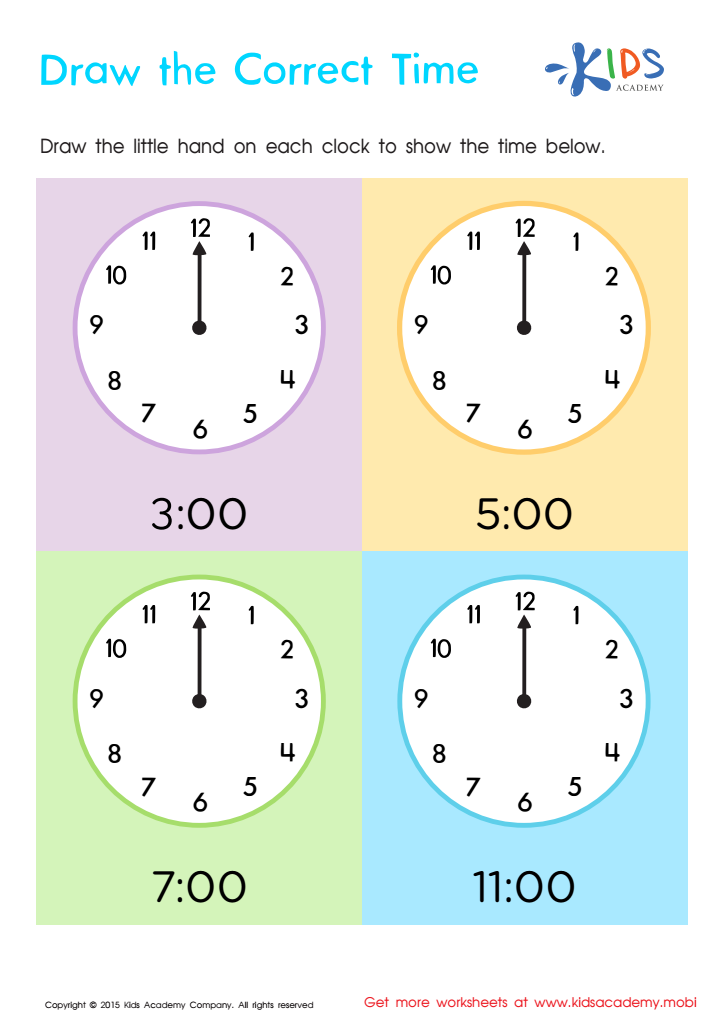

Telling The Time Worksheet: Part 1
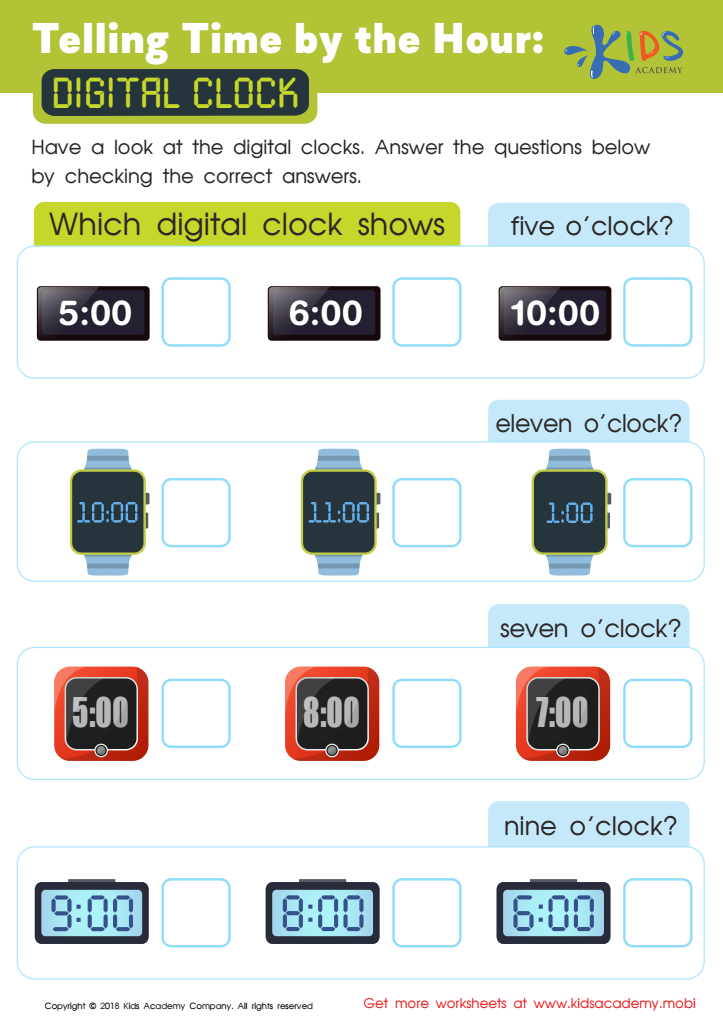

Telling Time by the Hour: Digital Clock Worksheet
Parents and teachers should prioritize time reading skills for children aged 6-9 because these skills are foundational for broader academic success and daily functioning. At this age, children are learning how to read and interpret time, which is vital for helping them understand schedules, manage their time effectively, and stay organized in school and at home. Mastering time reading skills encourages independence, allowing children to become more responsible and self-sufficient.
Moreover, being proficient in reading time fosters confidence in academic settings. As students progress, these skills are essential for mathematics, science, and even creative subjects, where time management often plays a key role in project completion and planning. Time reading influences aspects of social interaction, helping children arrive on time for school, appointments, or playdates, thereby promoting social skills.
Incorporating engaging activities, like games and real-life practices, makes learning time a fun experience, thereby enhancing motivation and retention. The ability to read time not only contributes to a child's educational journey but also lays the groundwork for important life skills. Emphasizing time reading at this stage ensures meaningful development and equips children for future challenges both academically and socially.
 Assign to My Students
Assign to My Students





